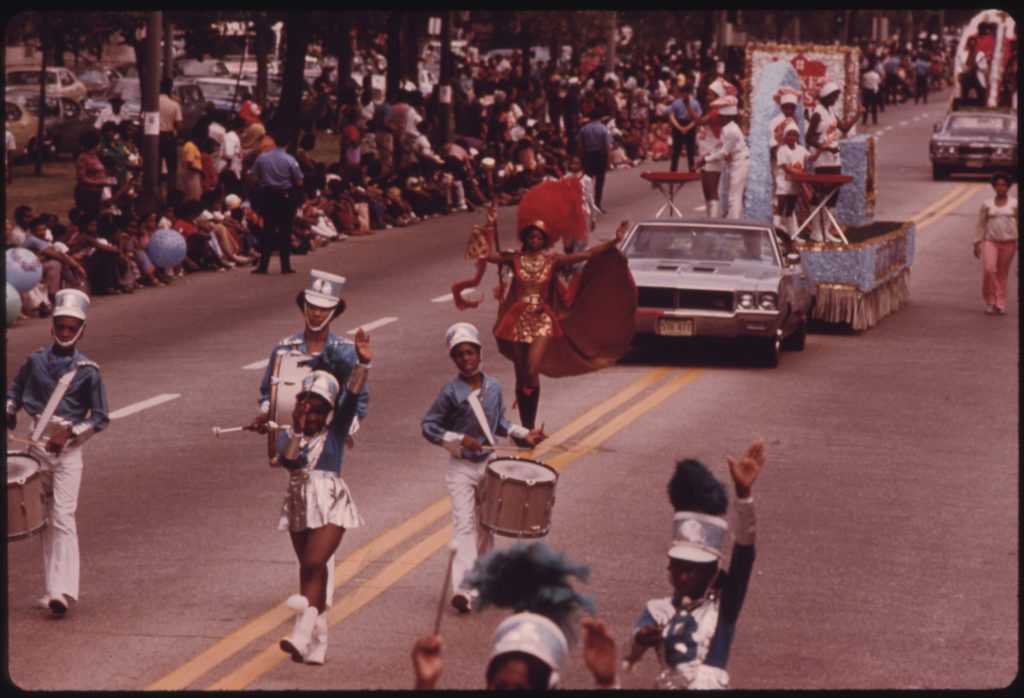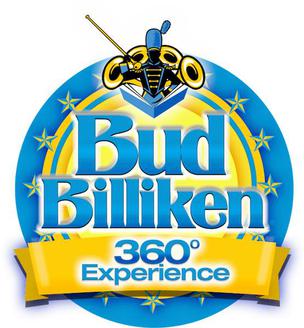|
Getting your Trinity Audio player ready...
|
The Bud Billiken Parade and Picnic is the most famous African-American Parade in the United States of America. It annually occurs on the city’s south side on the second Saturday in August. Since 1929, Chicago, Illinois, has hosted the Bud Billiken Parade and Picnic also referred to as the Bud Billiken Day Parade.
Since its inception, the procession has featured stars, leaders of civic organizations, businesspeople, and politicians. The Bud Billiken Parade is the second-largest Parade in the country and emphasizes youth, education, and African-American culture. The Parade is also known as the “back-to-school” celebration, ending summer break and the start of the school year for children in Chicago.

Bud Billiken Parade: The Route
The parade route on Chicago’s south side passes through the Bronzeville and Washington Park districts along Dr. Martin Luther King Drive. A picnic and festival are held in the historic Washington public park following the march. The original route was on Michigan Avenue, beginning at 31st Street, then turned east into Washington Park. The complaints about north-south traffic flow caused the parade route to reroute to South Parkway (now named Dr. Martin Luther King, Jr. Drive), which runs directly into the park.

The Founders of the Bud Billiken Parade
The Chicago Defender’s creator and publisher, Robert S. Abbott, developed the fictional Bud Billiken, who appeared in his newspaper’s youth guidance section. The Bud Billiken Club’s co-founder and longstanding parade organizer, David Kellum, proposed holding the Parade to celebrate African-American culture.
When the Parade was held in the winter
However, unlike today’s Parade, The Defender: How the Legendary Black Newspaper Changed America by Ethan Michaeli, published in 2017, notes that the first and second editions were held in the winter.
But 93 years ago, the Bud Billiken Parade was held in Chicago’s brutal winter season during its first two years. South Parkway (now King Drive) with trees and brown grass carpeted the scenic boulevard as spectators watched the event from windows inside their homes as temperatures plummeted below zero.
What is a Bud Billiken?
Abbott developed the fictional Bud Billiken in 1923 when he considered giving the Chicago Defender newspaper a juvenile department. Abbott saw a Billiken while eating at a Chinese restaurant. Willard Motley, who eventually established himself as a well-known novelist, contributed to a few of the original Billiken columns. About 10,000 names appeared between 1930 and 1934, and the Carter G. Woodson Regional Library of the Chicago Public Library collected and preserved them.
In his newspaper during the Great Depression, Abbott used the fictional Bud Billiken persona to represent pride, joy, and hope for the neighborhood’s black population. The figure rose to notoriety in the Chicago Defender newspaper and a comic strip. The Parade didn’t start until 1929, even though the figure was conceived in 1923. David Kellum started it as a celebration of the “unity in diversity for the youngsters of Chicago.” Since then, it has developed into the second-largest Parade in the country and a locally televised event.
Broadcast
The Parade has been shown on television for more than 40 years, starting in 1978 on WGN-TV, which carried it until 2012. After WGN-TV cancelled the Parade in 2012, WCIU-TV began to cover it but ended in 2014. Since 1984, the Parade has been aired live on WLS-TV. On August 11, 2018, the 89th Annual Parade took place. The Parade debuted on BET and Centric’s networks in 2012. The 2020 parade was postponed due to COVID-19 concerns, but WLS-TV broadcast a television special for the 91st Annual Bud Billiken Parade on August 8, 2020.
Celebrities and Dignitaries that have attended the Parade
President Harry S. Truman, Michael Jordan, Barack Obama, Joe Louis, Muhammad Ali, Adelaide Hall, Billie Holiday, Oprah Winfrey, Aretha Franklin, Lena Horne, James Brown, Diana Ross, Ethel Waters, Cab Calloway, Paul Robeson, and Chaka Khan, were among the dignitaries and celebrities participating in the Parade. In the 1956 Parade, Truman was accompanied by Mayor Richard J. Daley and John H. Sengstacke, Abbott’s nephew who took over the Chicago Defender in 1948.
Chance the Rapper, a native of Chicago, served as the 88th annual Parade’s grand marshal in 2017. The artist and native Chicagoan Chaka Khan served as the Parade’s grand marshal in 2014. The 83rd annual Parade’s grand marshal in 2012 was rapper T.I.
Conclusion
The parade continually upheld its legacy of fostering unity and empowerment within Chicago’s black community, becoming an essential aspect of the city’s black community and acting as a vehicle for resolving social concerns.


